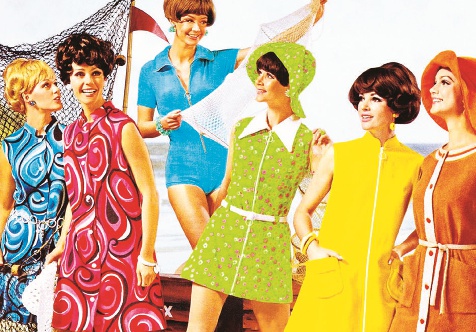In collaboration with Convergence, VOICE OF ASIA is proud to present timeless articles from the archives, reproduced digitally for your reading pleasure. Originally published in Convergence Volume 12 in 2012, we present this story on the iconic looks of the sixties fashion.
A period which introduced an assortment of trends, the 1960s also saw the breaking of fashion tradition – an unceremonious disavowal of all that was previously considered stylish. Miniskirts, pillbox hats and go-go boots revolutionised the fashion scene, with a number of pop culture icons and starlets lending their image to capture the timeless essence of these bold, effervescent designs. With its undying glamour and innovative, cheeky sense of style, fashion experts forecast a revival of the 60’s fashion movement in 2012.
Fashion has, for the most part, reflected the economic and political status of the nation in which it originates. ‘Swinging London’ was the term used to describe the twin forces of fashion and culture proliferating in the country in the 1960s, imbuing its youth with a sense of sparkling joie de vivre. Marking a cultural revolution, a post-World War II Britain was slowly regaining its optimism after struggling through the austerity and hardships that characterised much of its growth throughout the 1950s. Fashion served as the means for breaking through the mould – for incarnating a new era in Britain’s cultural and economic image.
Join Convergence as we take a look at the personalities that immortalised these trends and the 60’s contribution to fashion and culture as we know it.
Mod Fashion
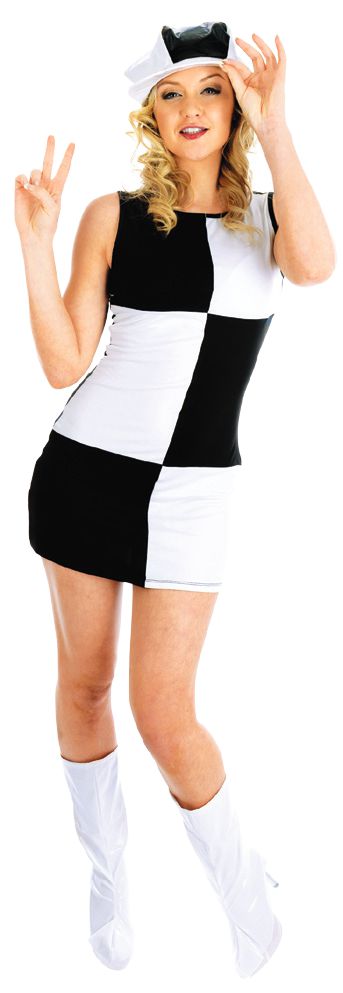
Beginning in the streets rather than the stately couture houses that determined what London considered ‘fashionable’ at the time, Mod fashion found its heart in the nation’s youth, idealising an ‘anything goes’ sort of attitude. The 60’s was the time of the youth revolution, and the nation’s politics were geared towards embracing the ideals of ‘peace, love and freedom’. The Mod subculture also incorporated elements of African and reggae music, and on the wings of a nation desirous of overcoming cultural and gender stereotypes, saw ethnic prints in psychedelic colours and masculine hairstyles for women and shoes come into vogue.
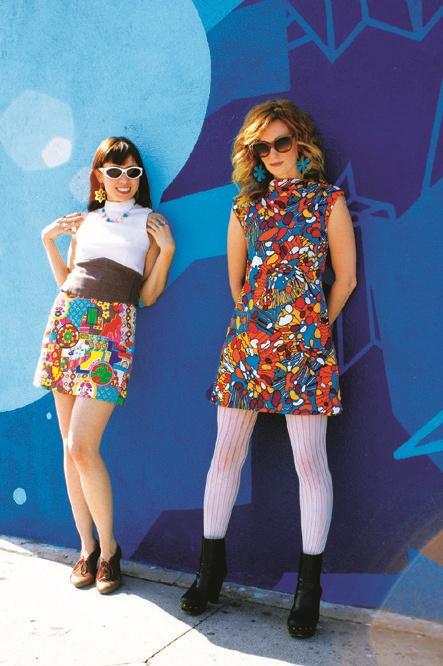
Epitomising the height of British glamour of the day, pop art, geometric block prints and bright colours in primal, unabashed hues soon found themselves emblazoned on a range of attire and accessories, the most iconic of which were the short hem-lines introduced by designer Mary Quant. Credited with inventing the miniskirt and hot pants, Quant revolutionised 60’s fashion with her brash, unapologetic designs, thrilling and scandalising society in turn with the shocking amount of skin her creations revealed.
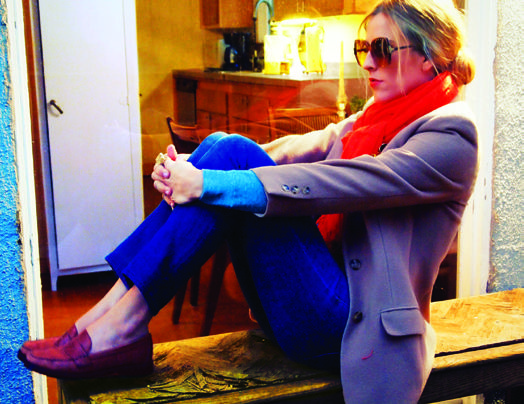
Initially cautious, designers soon followed in her stead, assured by the popularity of her creations amongst the nation’s hedonism-loving youth. This was in spite of the great Coco Chanel thumbing her nose at Quant’s signature mini-skirt, describing it as “the most absurd weapon woman has ever employed to seduce men.” Unafraid of experimentation and of embracing the novel and avant-garde, Quant’s designs soon grew to include balloon-style dresses, sweater dressers with plastic collars, knickerbockers and stretch stockings in a variety of unapologetic colours and patterns.
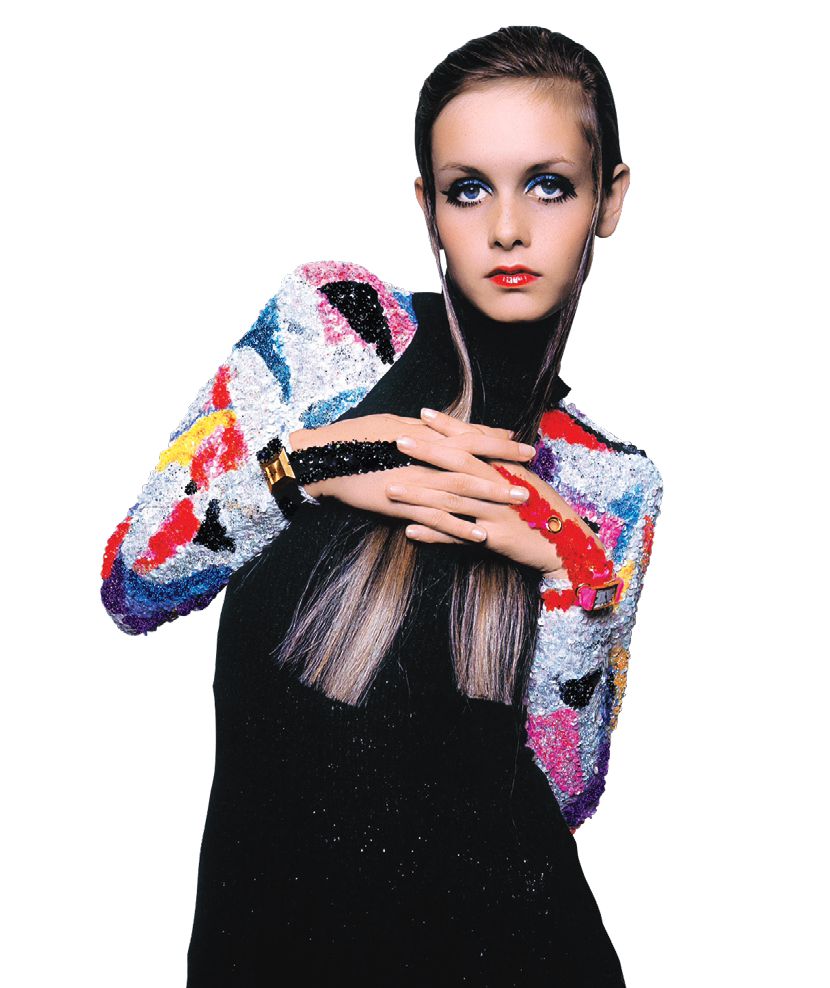
Top names in fashion at the time included iconic model Lesley ‘Twiggy’ Hornby – credited for immortalising the image of the 1960s – and her sisters in style, models Jean Shrimpton, Penelope Tree, and Colleen Corby. Stick-thin silhouettes and tall, willowy bodies embodied the beauty ideal of the time, with waif-like features dramatised by the affixing of huge false lashes to create a doe-like allure. Mod fashion continues to be a strong presence in contemporary pop culture, exerting its dominance in both fashion and film. One need only look to Heather Graham’s character in the 1999 hit, Austin Powers: The Spy Who Shagged Me as the perfect example of the Mod fashionista.
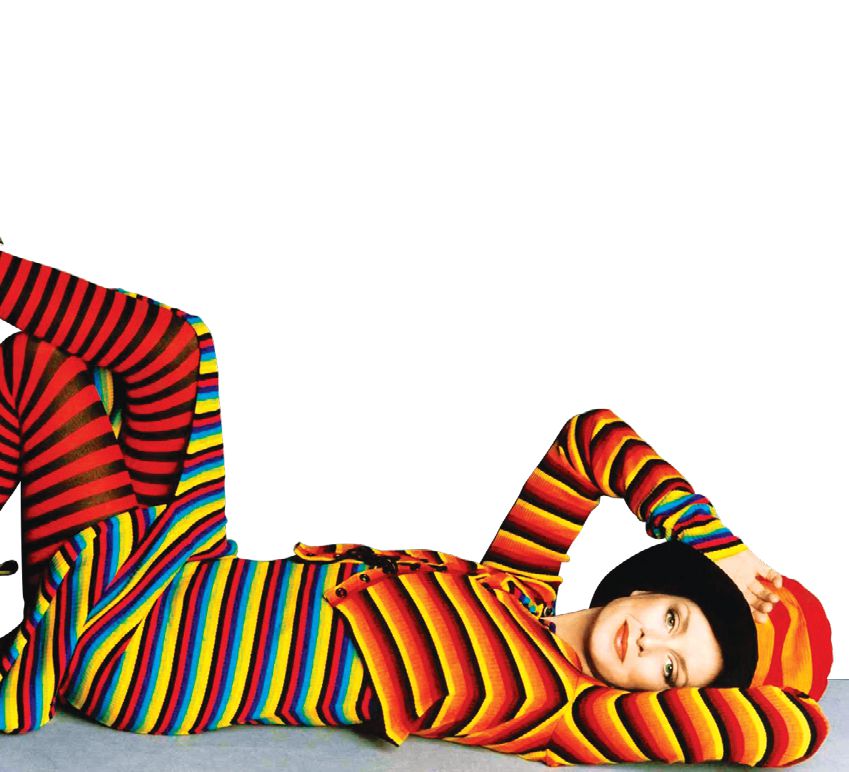
Folk Fashion
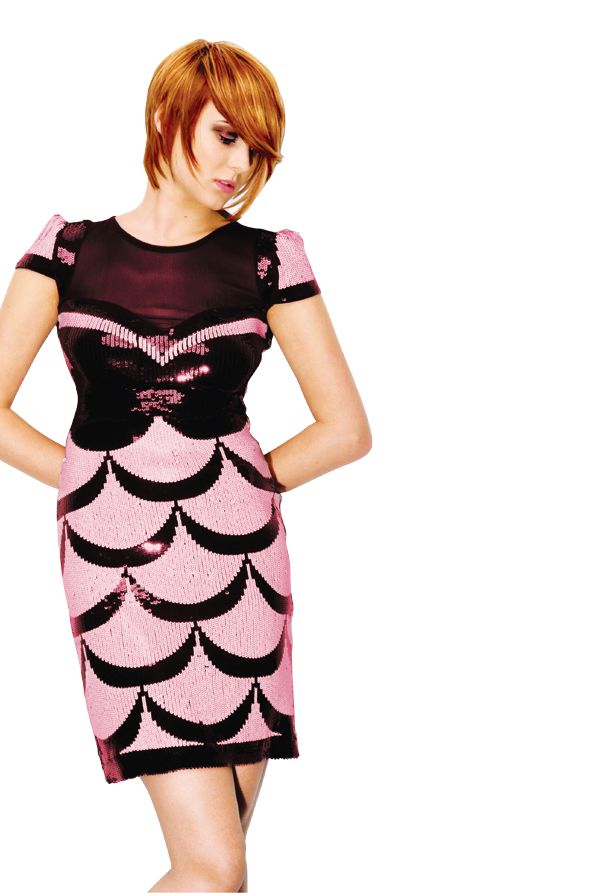
While Mod fashion is bold and focuses on pushing the envelope, Folk fashion, another critical movement which was from the ‘60s concentrates on capturing timeless, folk influences. Ultra-feminine lines and soft, flowing fabrics in teasing, see-through textures epitomise the old-world glamour of Parisian chic. Lace inspires a sensuous, romantic feel, and Peter Pan collars lend a youthful aura to fresh complexions and natural, unfussy hair. A sweep of winged eyeliner completes the ensemble.
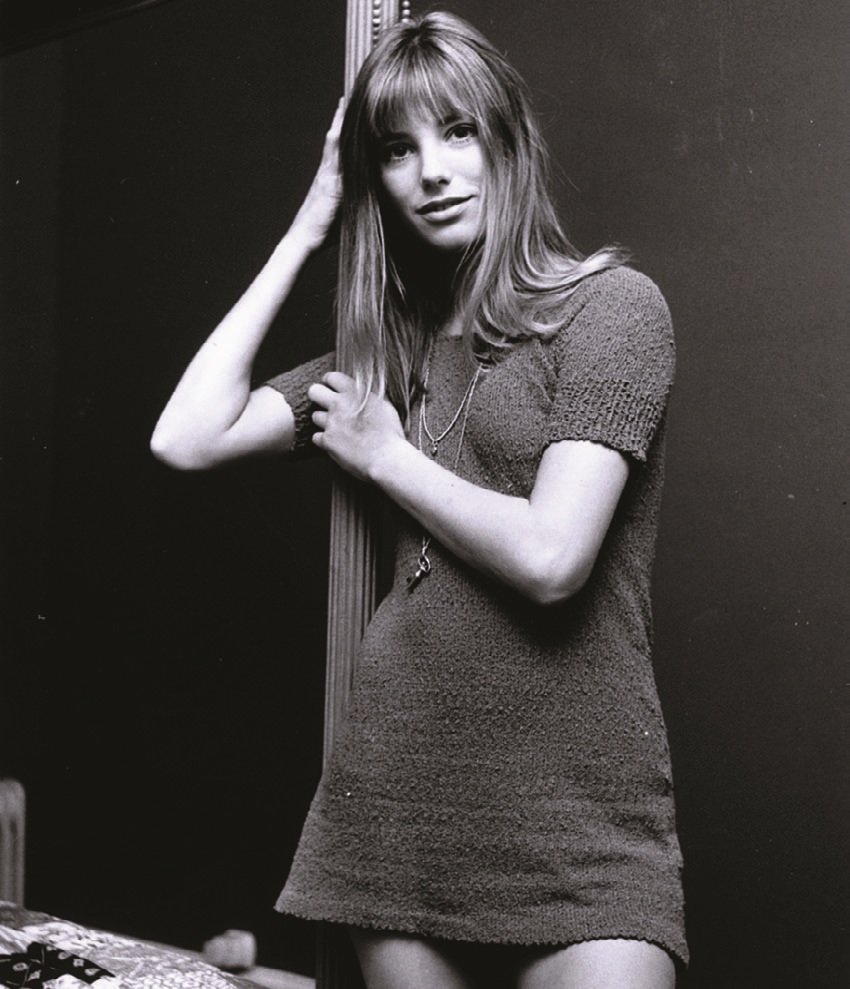
The key to nailing the 60’s Folk fashion style is to emulate its icons, Jane Birkin and Françoise Hardy. This looks embodies elegance through simplicity, with makeup kept simple and used to highlight rather than dramatise features. Though Birkin is not French by birth, her involvement with its culture marks her as a popular icon of Parisian chic. Both she and Hardy were emblems of effortless style, possessing a certain je ne sais quoi that set them apart as fashion frontrunners.
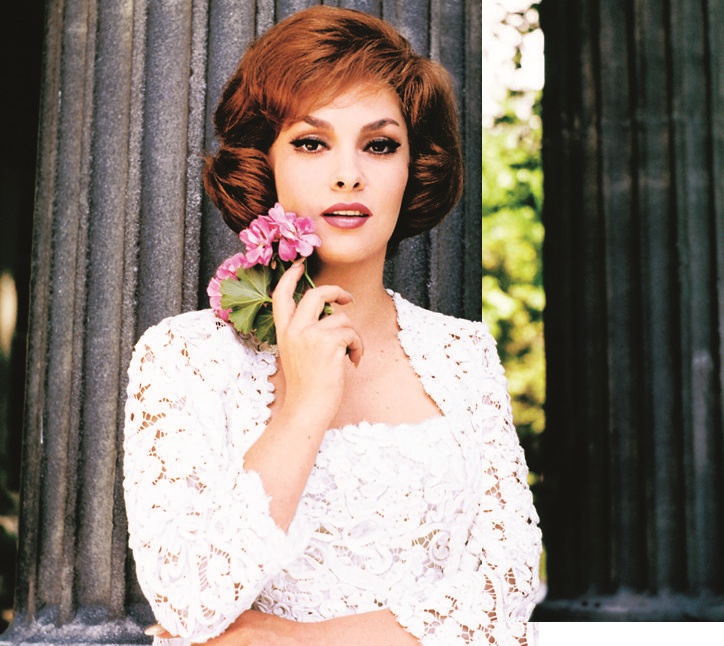
Like its Mod counterpart, Folk fashion continues the trend of ultra-short hemlines in celebration of the 60’s move towards a more radical, free-thinking society. Monochrome colours in white, black and cream emphasise the timeless panache of minimalist fashion while sensuous fabrics and fresh complexions remind us that effortless glamour is eternal. Sienna Miller and Drew Barrymore are perfect contemporary examples of how romantic, Bohemian chic is still thriving in the modern fashion world.
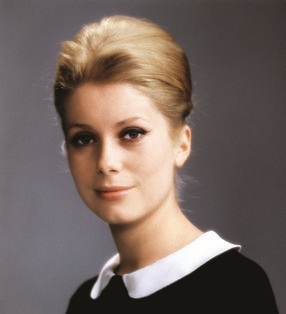
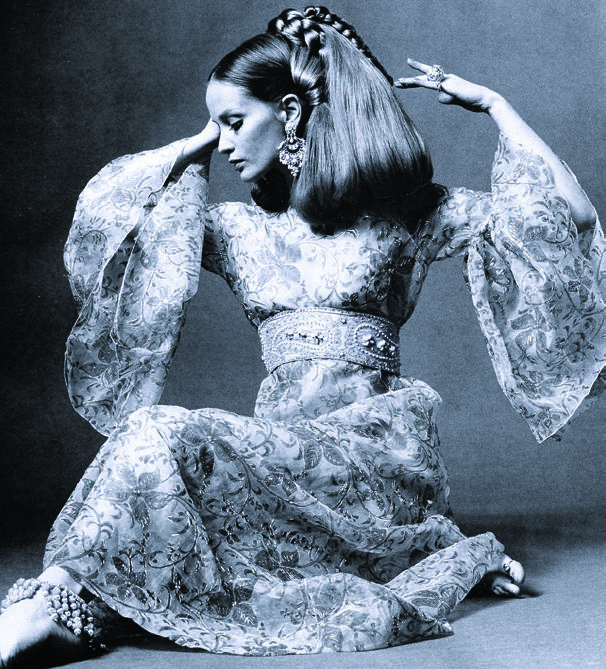
Femme Fatale
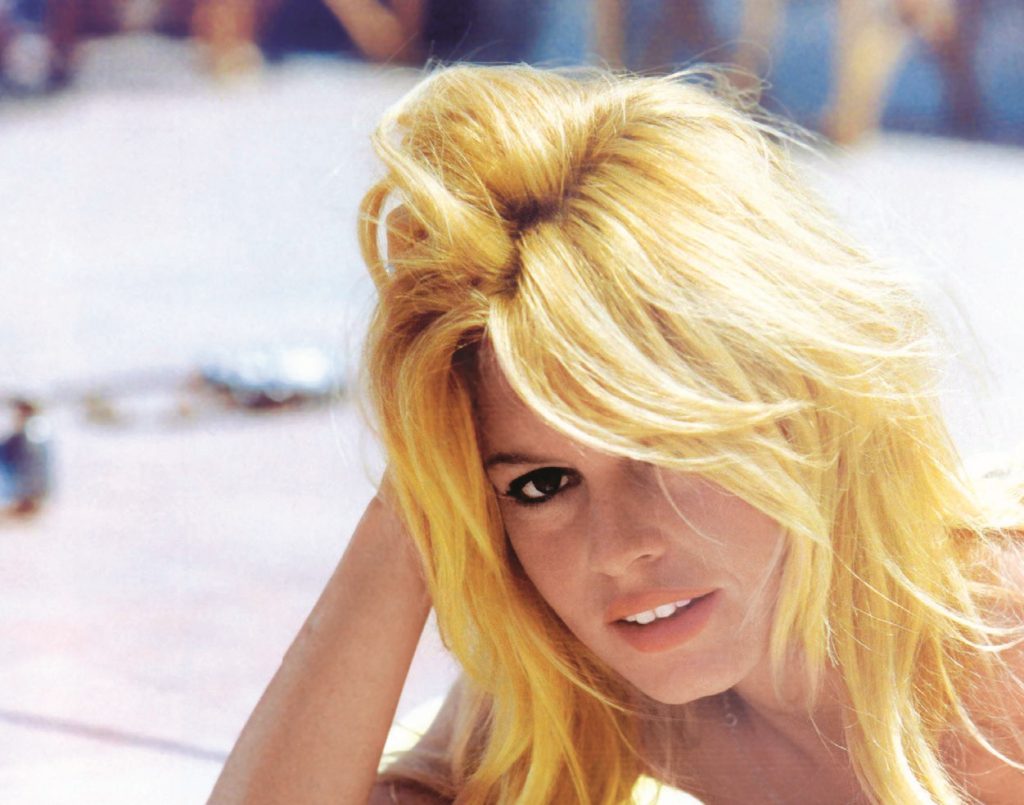
Where Mod was a celebration of androgynous influences and Folk honoured the romance of the ultra-feminine, the 60’s Femme Fatale look emphasised a blatant take on femininity that was bold and unabashed in its appeal. Sultry pouts, lush lashes and copious amounts of black eyeliner were the hallmark of silver-screen sirens Brigitte Bardot, Raquel Welch and Sophia Loren, all of them remarkable figures who inspired women to own their seductive power. Complete with long, artfully-dishevelled hair, the look has been revived countless times on haute couture runways and on the red carpet.
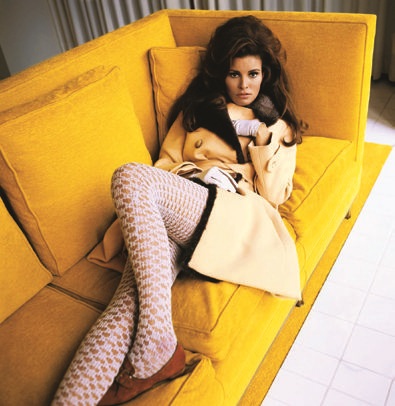
As a celebration of all things defining a woman, those wishing to emulate the look should wear clothes that accentuate their natural curves. Busts and hips are emphasised with high-waisted skirts, or slim pencil skirts that draw the attention to the natural curve of the back and calves. Cropped pants with high waists give modern-inspired pieces a corporate edge without compromising on femininity. Celebrities such as Claudia Schiffer, Angelina Jolie and Kate Moss continue to keep the look alive today with their slim-yet-curvy figures, generous mouths and wide, expressive eyes, evoking the sensuality of an era long past.
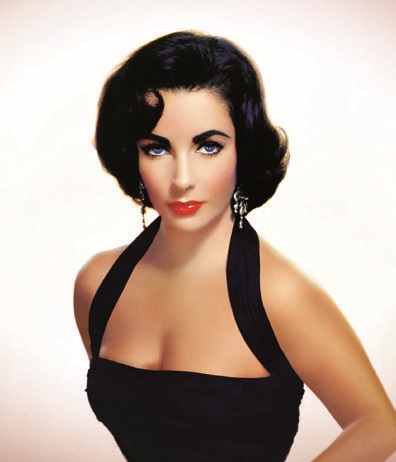
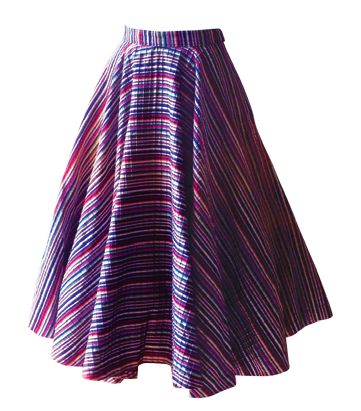
Fashion sources forecast a revival of 60’s glamour for 2012’s spring and summer collections, pairing bright Mod influences with more romantic folk elements. Hair trends aim to marry the Femme Fatale with Mod styles, keeping hair short in length but requiring copious amounts of hair spray and bobby-pins to maintain a suggestive, tousled look. Winged eyeliner in bright, sassy colours a la Mod is being revived on catwalks and in photo shoots, and soft fabrics in lace and chiffon are cementing a place in houses of haute couture as key players in the year’s fashion scene.
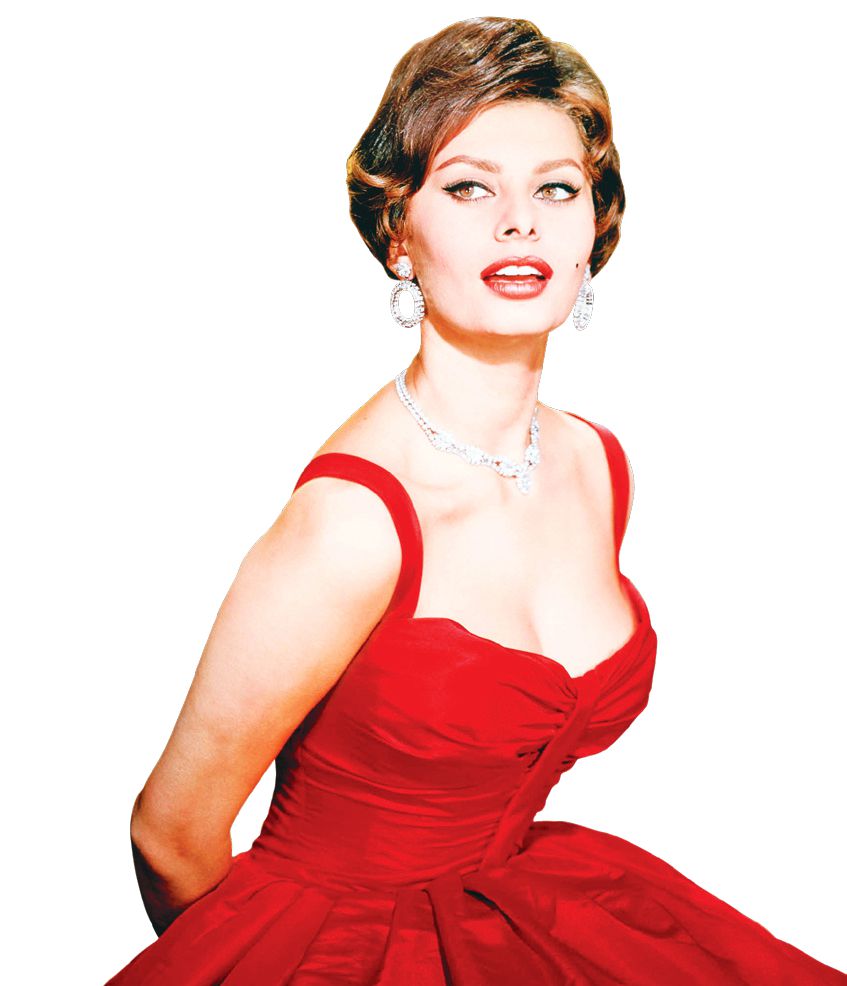
A dynamic era, the 60s saw a range of head-turning trends come to the fore. With hemlines reaching ultra-short, risqué standards, and the pairing of bright colours with large prints, it pushed the boundaries of what was deemed fashionably acceptable by merging the ultra-feminine with the masculine. Its playful verve was supplemented by a growing acceptance of androgyny, birthed by the hippie revolution and a desire to negate the boundaries of culture and gender. A bridge between the refined sophistication of the 50s and the opulent glamour of the 70s, the 60s embodied much of what is forecast in the fashion scene for 2012: elegance, boldness, and a chic that is eternal in its flavour.


